Paola & Giuseppe Wedding 30th July 2024

Things To Do in Naples and Caiazzo
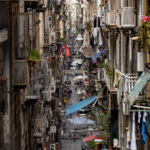
Spaccanapoli
This long street is full of shops ,stalls ,markets and cafes.There is plenty to see and it is very buzzy and full of character. Peoples washing hanging outside and all the blue and white soccer bunting everywhere makes it a colourful place. Have a great coffee here or some great seafood served in a cone (O cuoppo ) from a street food vendor.
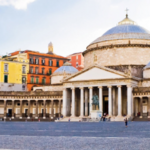
Piazza del Plebiscito
It is a stunning square that is home to the Royal Palace of Naples, Palazzo Salerno, the Chiesa di San Francesco di Paola, and the Prefecture Palace. Moreover, it also has various statues that are crafted from stones.
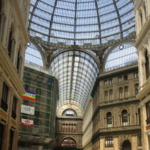
Galleria Umberto I
Unique gallery built by 1890 was named after King Umberto I It combines businesses, shops, cafés and apartments on upper floors. An UNESCO listing as part of the Historic Centre of Naples. The beautiful central 16 panelled glass dome and the side glass panels are shaped in the form of a cross. Ornate architecture, sculptures and original mosaics adorn the place. The light from the glass ceilings cast an impressive glow.
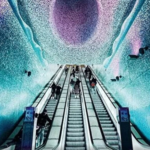
Toledo (Stazione della Metropolitana dell'Arte)
The 11 Art Stations along Line 1 of the underground in Naples, managed by ANM, are the result of a project by the municipal administration in Naples. They are one of the most interesting examples of decentralized museum spread over the urban area: more than 150 site-specific works of art by 80 protagonists of contemporary art have been placed inside and outside the stations.
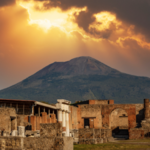
Pompei
Pompeii is a Roman city where time has stopped due to an eruption of Vesuvius which partially buried it in 79 AD. Declared a World Heritage Site by UNESCO, the city is one of the busiest tourist sites. A tour along the ancient streets of the city will allow you to see villas and patrician houses, gardens, baths, brothels, markets and shops. End your visit to Villa dei Misteri, and try to interpret the extraordinary and bizarre frescoes, the subject of countless studies and debates by scholars from all over the world.
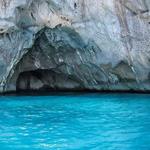
Capri
Capri, an island in Italy’s Bay of Naples, is famed for its rugged landscape, upscale hotels and shopping, from designer fashions to limoncello and handmade leather sandals. One of its best-known natural sites is the Blue Grotto, a dark cavern where the sea glows electric blue, the result of sunlight passing through an underwater cave
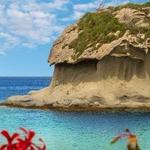
Ischia
Ischia is a volcanic island in the Gulf of Naples, Italy. It's known for its mineral-rich thermal waters. Hot springs bubble up at Maronti Beach, in the south. East, Roman remains lie beneath the sea floor at Cartaromana Beach. The beach has views of medieval Aragonese Castle, linked to Ischia by a stone bridge. Nearby, 18th-century Palazzo dell’Orologio houses the Sea Museum, devoted to Ischia’s fishing tradition.

Royal Palace of Caserta
Combining the influences of Versailles, Rome, and Tuscany, the Caserta Royal Palace and Park, north of Naples, was designed according to the wishes of Charles of Bourbon III by Luigi Vanvitelli, one of the greatest Italian architects of the 18th century. Caserta is considered a triumph of Italian Baroque, and ahead of its time. Expanding across 11 acres, the garden's pools, fountains and cascades are aligned through a 'telescope effect', extending as far as the eye can see.....

Wine Experience Caiazzo and surrounding
Mention Campania to the typical consumer around the world, and associations of Naples - and its pizzerie - come to mind. Or for some Mt. Vesuvius, Pompeii or the Gulf of Napoli may be their most cherished image of the region. That’s understandable, but Campania wine should also be an integral part of the conversation, as the region is not only one of the oldest wine-producing territories in Italy, it is also today considered one of the very best.